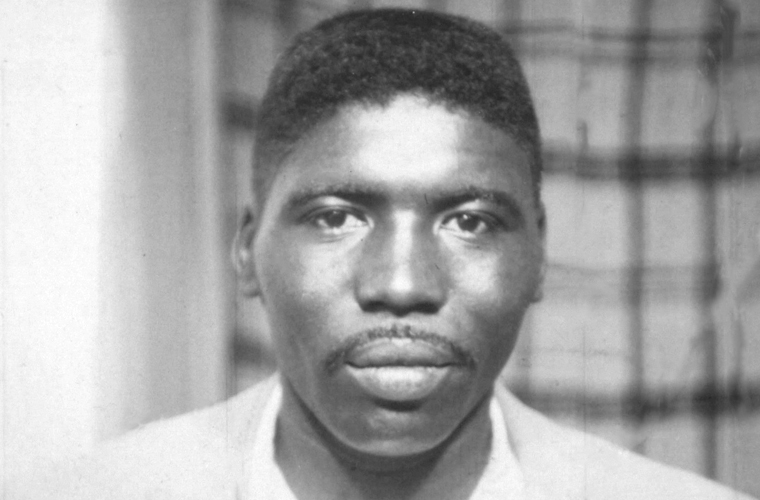After decades of waiting, justice has finally been served in the case of the killing of Jimmie Lee Jackson. Jackson’s death, which occurred in 1965, played a pivotal role in sparking the v marches in Alabama. The long-awaited resolution of this case serves as a significant milestone in the ongoing pursuit of justice and equality. Jimmie Lee Jackson was a 26-year-old civil rights activist who was fatally shot by an Alabama state trooper during a peaceful voting rights march in Marion, Alabama. Jackson’s death became a catalyst for the historic civil rights marches from Selma to Montgomery, led by Dr. Martin Luther King Jr. and other prominent civil rights leaders.
For years, Jackson’s family and supporters have been tirelessly advocating for justice and accountability in his case. The recent developments in the investigation and legal proceedings have brought a sense of closure and vindication to those who have long sought justice for Jackson’s tragic death. The successful prosecution of the former state trooper responsible for Jackson’s killing represents a significant step forward in addressing the historical injustices perpetrated against African Americans during the civil rights era. It sends a powerful message that acts of violence and oppression will not go unpunished, regardless of the passage of time.
The resolution of this case also serves as a reminder of the enduring impact of the civil rights movement and the sacrifices made by individuals like Jimmie Lee Jackson in the struggle for equality and justice. It underscores the importance of acknowledging and addressing past injustices to move forward as a more just and equitable society. While the legal proceedings have provided a measure of closure for Jackson’s family and supporters, it is important to recognize that true justice extends beyond individual cases. It requires ongoing efforts to address systemic inequalities and ensure that all individuals are treated fairly and fairly under the law.
The legacy of Jimmie Lee Jackson lives on as a symbol of resilience and courage in the face of injustice. His memory continues to inspire future generations to stand up against oppression and to work towards a more inclusive and equitable society. As we reflect on the long-awaited resolution of this case, we are reminded of the importance of upholding the principles of justice and equality for all. The pursuit of justice is an ongoing journey, and while progress has been made, there is still much work to be done to create a society where every individual is truly equal under the law.
The resolution of the case of Jimmie Lee Jackson’s killing is a significant milestone in the ongoing struggle for civil rights and social justice. It serves as a testament to the power of perseverance and the enduring quest for accountability and equality. May it stand as a reminder of the progress that can be achieved when we remain steadfast in our commitment to justice for all.

